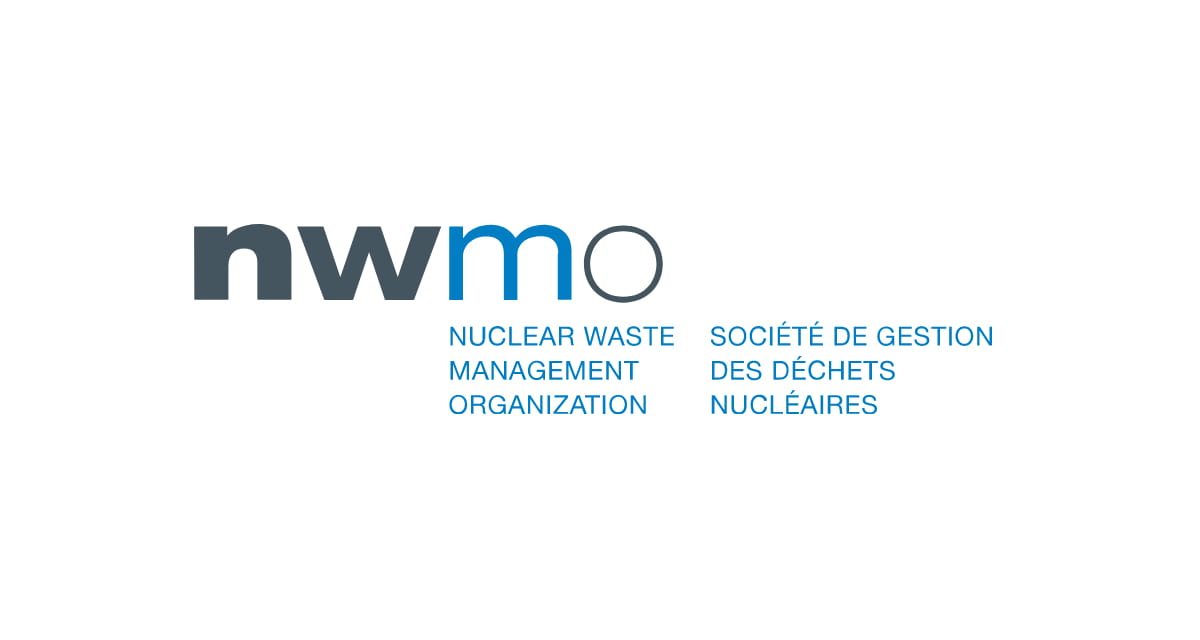As described in the Process for Selecting a Site for Canada’s Deep Geological Repository for Used Nuclear Fuel (May 2010) and at the request of the Township of Schreiber to Learn More about the Adaptive Phased Management program and for an initial screening, the NWMO has had a report prepared that outlines the findings from the initial screening.
The purpose of the initial screening in Step 2 of the process is to determine whether, based on readily available information and five screening criteria, there are any obvious conditions that would exclude the Township of Schreiber from further consideration in the site selection process.
As the report indicates, the review of readily available information and the application of the five initial screening criteria did not identify any obvious conditions that would exclude the Township of Schreiber from further consideration in the NWMO site selection process.
Should a community choose to continue to explore its potential interest in the project, the area would be the subject of progressively more detailed assessments against both technical and social factors to confirm the suitability of the community. Several years of studies would be required to confirm whether a site within an area could be demonstrated to safely contain and isolate used nuclear fuel.
The process for identifying an informed and willing host community for a deep gelogical repository for the long-term management of Canada's used nuclear fuel is designed to ensure, above all, that the site which is selected is safe and secure for people and the environment, now and in the future. The NWMO expects that the selection of a preferred site would take between seven to 10 years. It is important that any community which decides to host this project base its decisions on an understanding of the best scientific and social research available and its own aspirations.
Should a community continue to be interested in exploring the project, over this period there would be ongoing engagement of the community, surrounding communities and others who may be affected. By the end of this process, the whole community would need to clearly demonstrate that it is willing to host the repository in order for the project to proceed.
The next evaluation step would be to conduct a feasibility study as described in Step 3 of the site selection process. This feasibility study would focus on areas selected in collaboration with the community.

